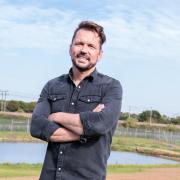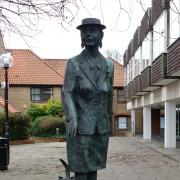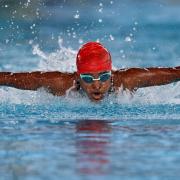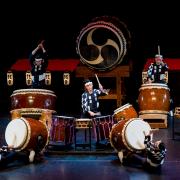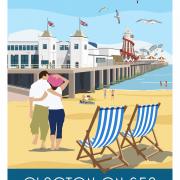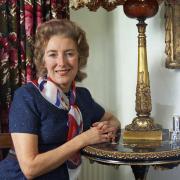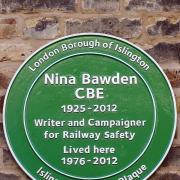Dick Skinner from the Wormingford-based Essex and Suffolk Gliding Club explains why he enjoys the solitude of silent flight as well as the sociable fun of this fellow fliers
IN the modern era of commercial flights and multi-deck airbuses, the thought of flying is not always a romantic one. But a visit to the Essex and Suffolk Gliding Club takes you to a different world.
Based at Wormingford, near Colchester, at the Essex and Suffolk Gliding Club, the majestic beauty of beating gravity is maintained. These flights scarcely make a noise, are virtually pollution free and are very ‘hands on’. Gliding offers a beautiful mix of being relaxing and peaceful, and yet challenging and exciting in equal measure. But most important of all, it is accessible.
Club members range from teenagers (you are allowed to fly solo at 16 – interestingly a year before you can drive a car) to octogenarians and include students, tradesmen and professionals. Take Ken Taylor as an example. Ken proved you are never too old to fly when he took up the sport in his seventies, flew solo at 80 and then went on to do an aerobatics course.
Some members just enjoy flying and happily glide over Essex and Suffolk enjoying the views and selecting areas of rising air to keep them aloft as long as they can or want. For others, gliding is about challenges. Competition flying against other clubs or at national or even international level is increasingly popular. Gliders set off to fly a specified course as quickly as they can and, of course, have to find thermals to keep them airborne while they navigate around the markers. All the gliders are handicapped so it doesn’t matter whether you are flying a brand new, state of the art machine or a 50-year-old vintage glider, you are still in with a chance.
Johnnie Gilbert recently flew his 1960s Slingsby Skylark from the Essex and Suffolk Gliding Club’s base and made his way across the Thames, down through Kent to Dover, and then, in company with Rob Lockett in a more modern machine, off across The Channel to land in France. All done without the benefit of an engine.
Run entirely on a voluntary basis, the Essex and Suffolk Gliding Club relies on a strong sense of community that encourages everybody to contribute in some way to its smooth operation, both on the ground and in the air. Even the instructors give their time for free while other members take turns at launching and retrieving the gliders, driving the winch which is used to launch them and manning the launch control cabin. With the cable attached to the glider, the winch can launch it to 2,000 feet or more in under a minute. The initial acceleration (0 to 60 mph in less than 3 seconds) followed by the 45� climb are quite a sensation, especially the first few times, but after the launch, when the cable has been released, you are on your own. Looking for thermals or columns of rising air which will carry you higher, you can fly for hours and cover considerable distances.
Beginners fly in a twin-seat glider with an instructor who will offer the necessary training required, including emergency procedures. Once you reach the required standard your instructor will invite you to take your next flight on your own.
Once qualified to fly in a single seat glider you will always be alone in the glider, but not necessarily alone in the sky. Seeing other gliders circling is a sure sign of rising air, so you may find you are in a group of half a dozen gliders sharing a thermal. Even better, you may find birds soaring on the thermals and then you have the chance to fly with the real experts.
With a view sometimes encompassing Bury St Edmunds to the north and the Thames estuary to the south, boredom is never an issue. As well as training the less experienced members of the club and giving them their annual flying checks, the instructors also fly with members of the public who want to find out what gliding is all about. Often vouchers for gliding experience flights or trial lessons are given as a birthday present, but go on to prove the start of a new, challenging and rewarding hobby. Once you start, the only way is up.
Dick Skinner in focus
I first started gliding in the 1960s with the cadet force at school, and then went on to fly power aircraft. After many years not flying at all, it was gliding that I came back to. I found the challenge of staying airborne without an engine more attractive and rewarding and also enjoyed the spirit of the Essex and Suffolk Gliding Club. With everyone doing something to ensure that we all have the opportunity to fly with the birds, it’s a great way to bring people together.
Get involved
Essex and Suffolk Gliding ClubWormingford Air FieldFordham Road, Wormingford, Colchester, Essex CO6 3AQ01206 242 596



